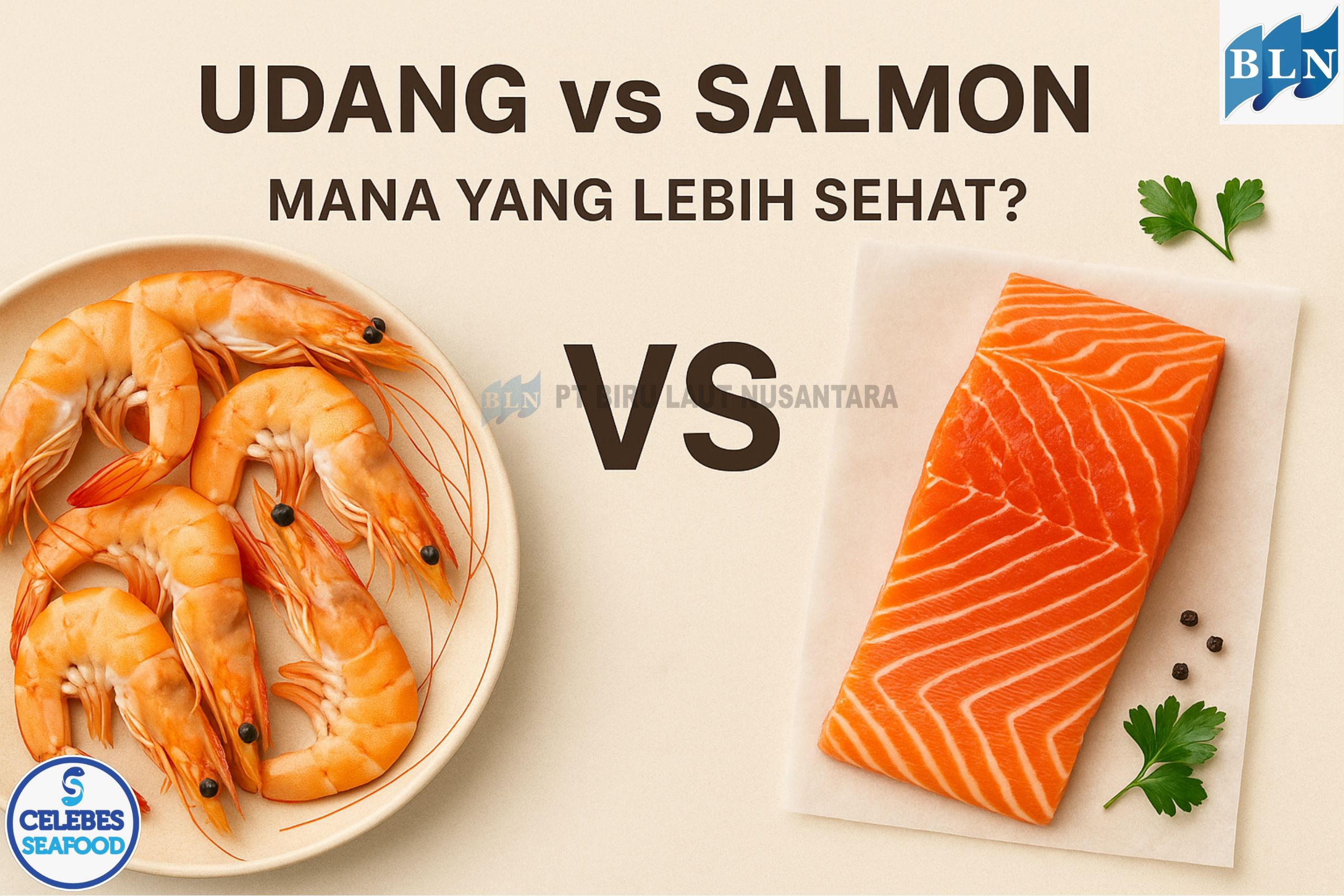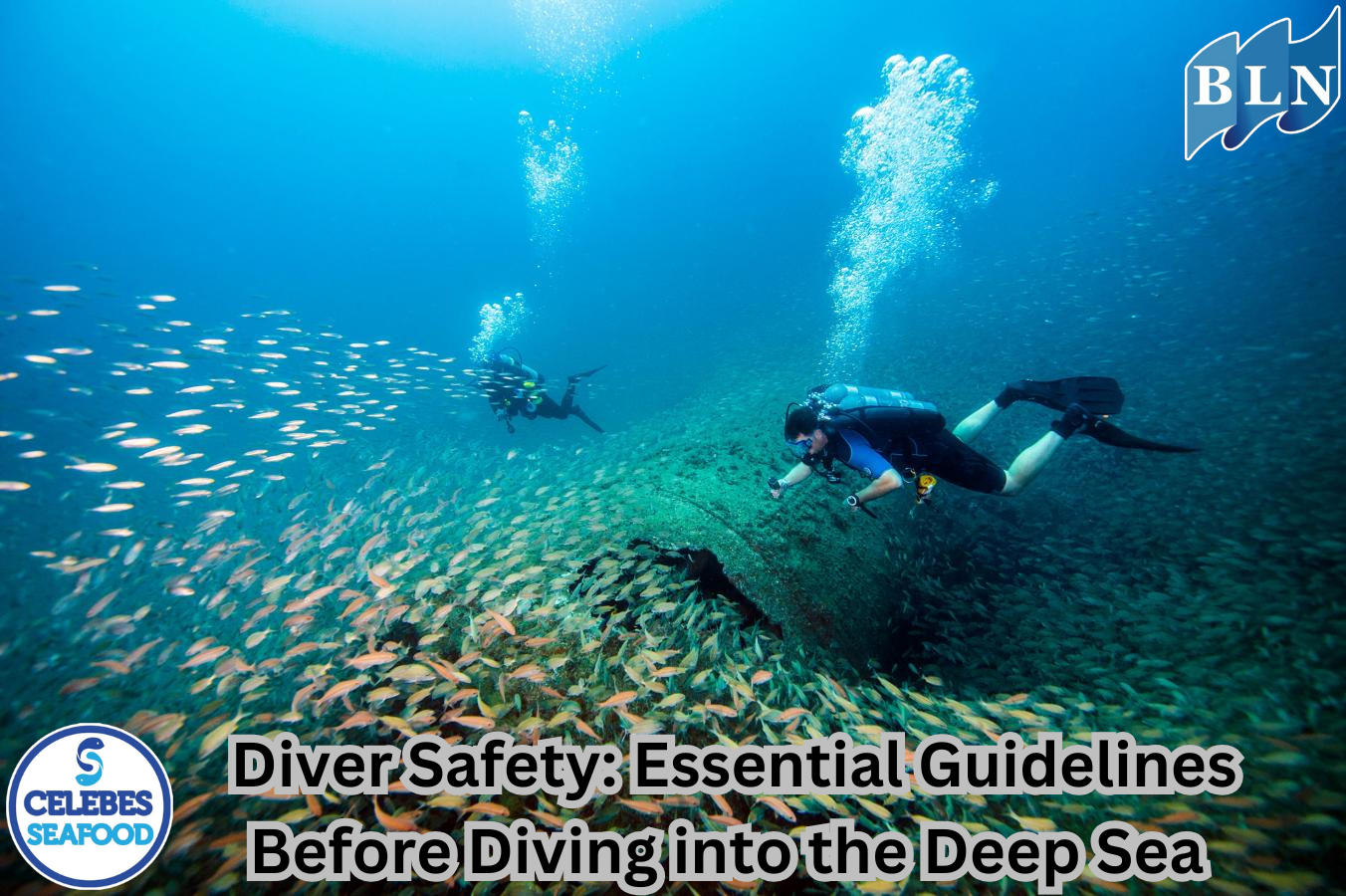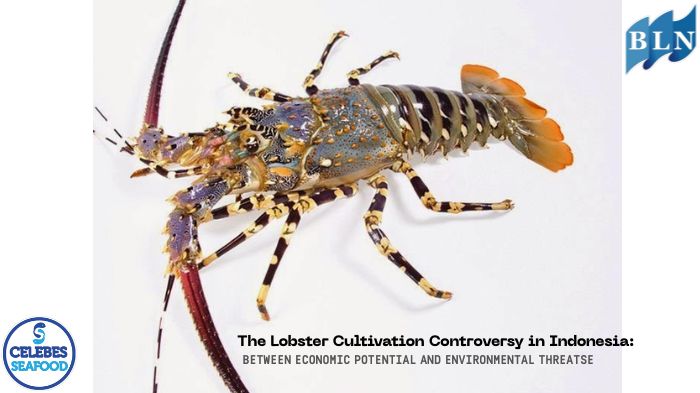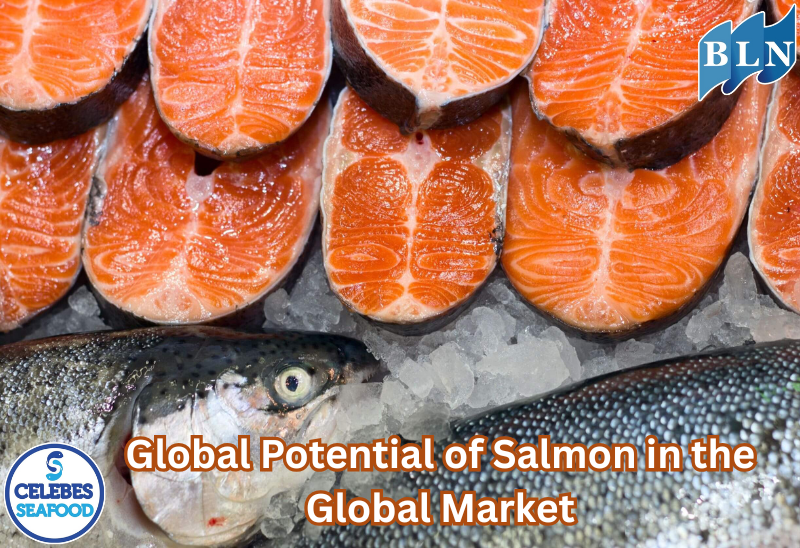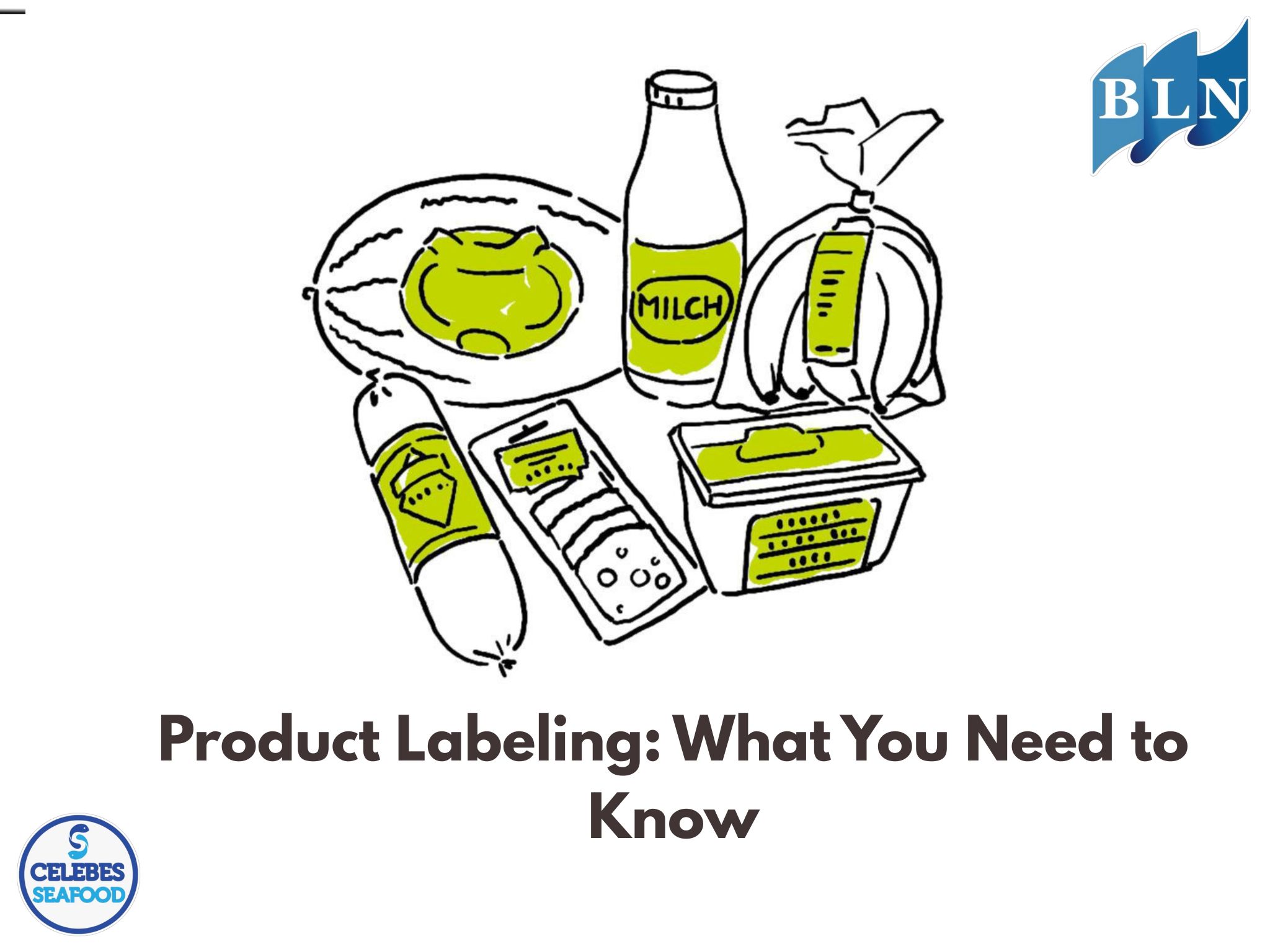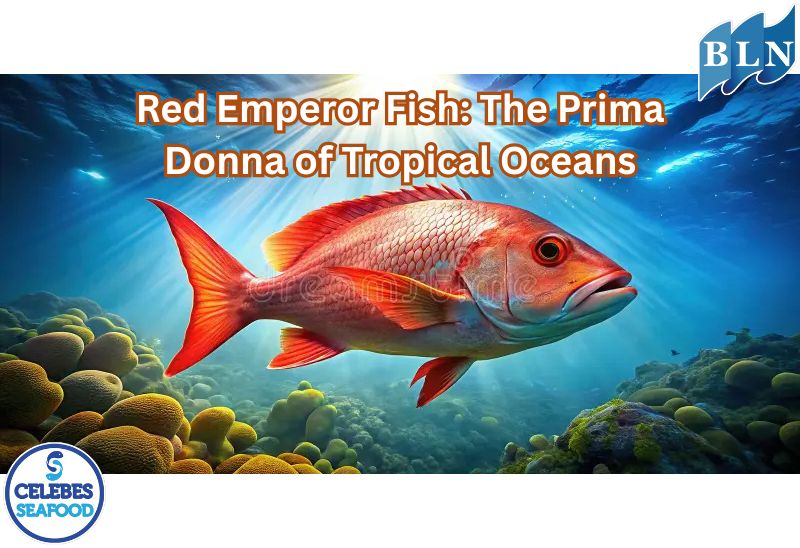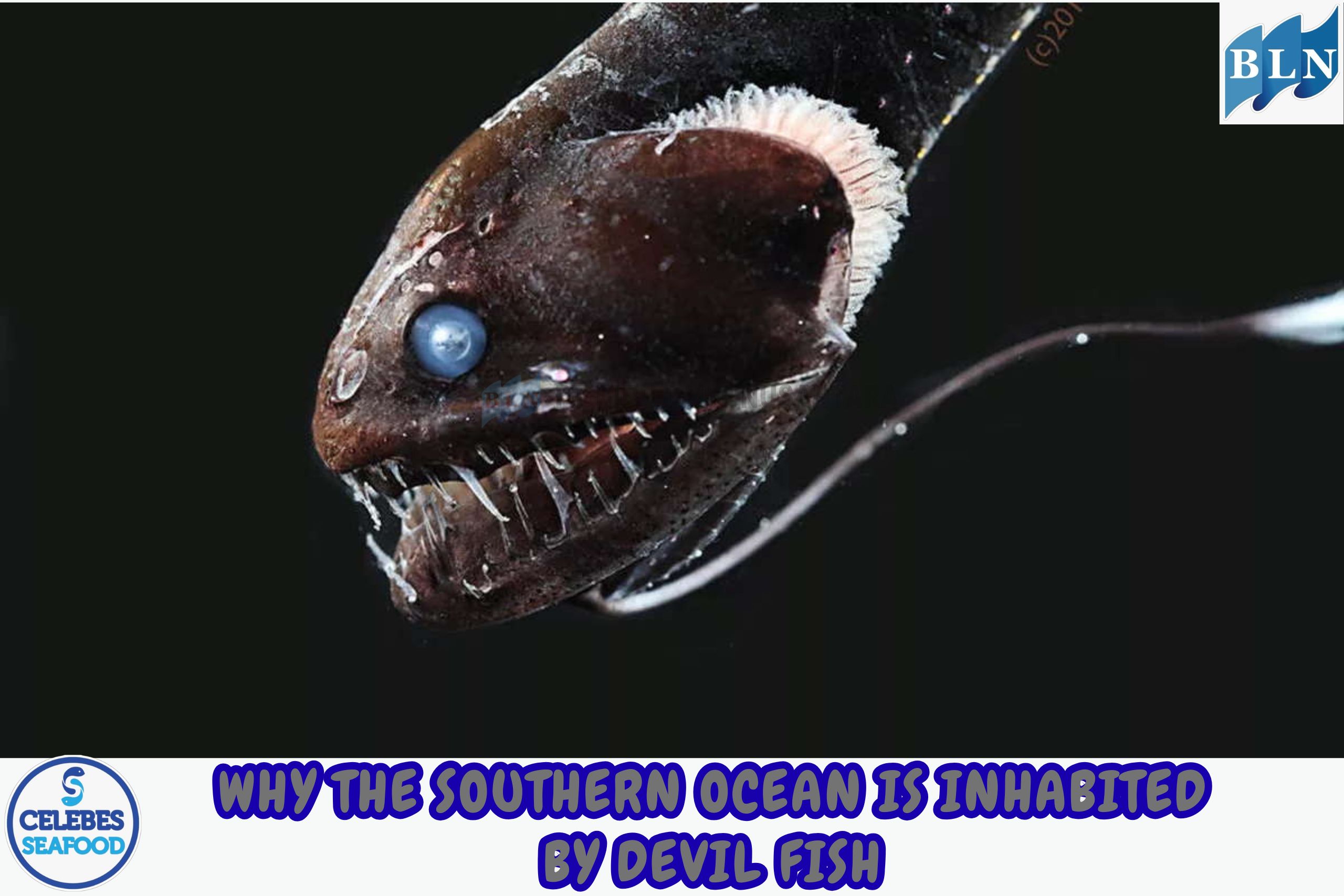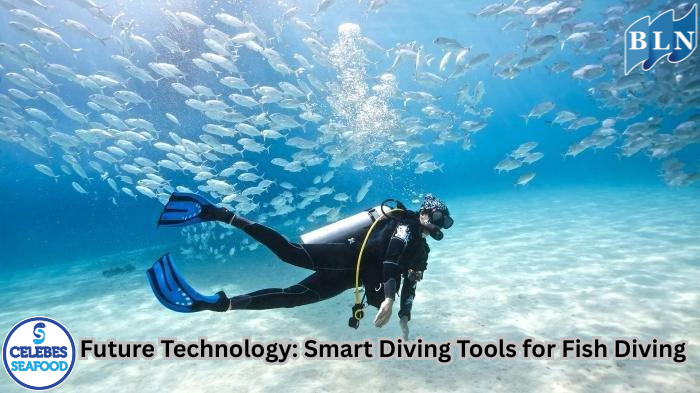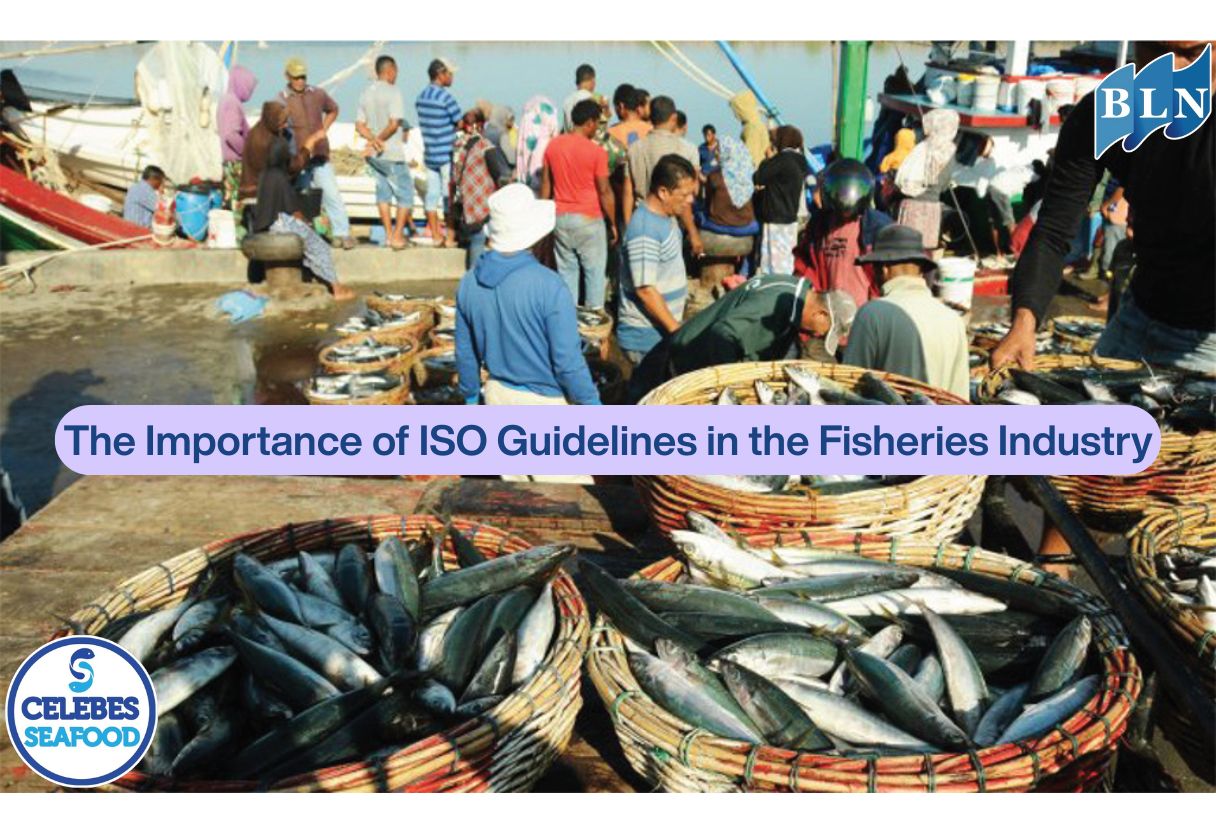Energy Transfer in Ecosystems: The Crucial Role of Food Chains
By. Tri - 14 Jun 2025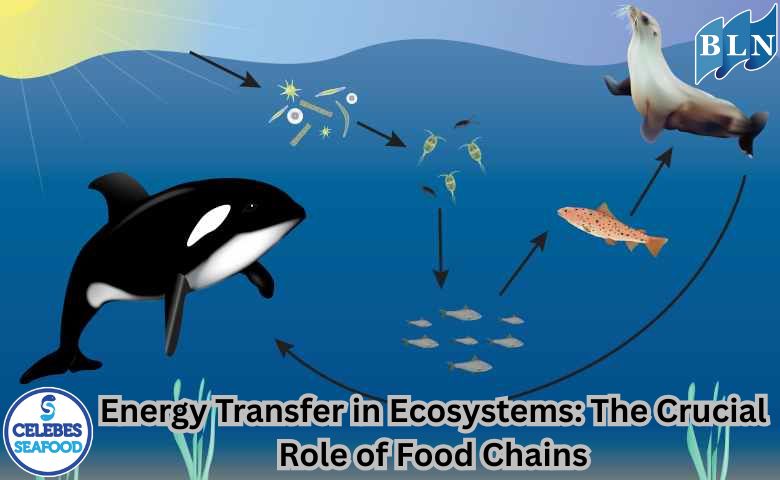
lautnusantara.com_ In every ecosystem, life thrives because of energy. Without energy, there would be no growth, reproduction, or even movement. But how does this energy move from one organism to another? The answer lies in a fundamental ecological concept: the food chain. A food chain is the primary pathway for energy transfer between trophic levels within an ecosystem.
What are Trophic Levels?
Before diving deeper into food chains, it's important to understand what trophic levels are. A trophic level is an organism's position in a food chain or food web. Generally, trophic levels can be divided into several categories:
- Producers (Autotrophs): These form the base of every ecosystem. Producers, like green plants, algae, or photosynthetic bacteria, can create their own food from inorganic energy sources (e.g., sunlight through photosynthesis). They convert solar energy into chemical energy stored in their biomass.
- Primary Consumers (Herbivores): Organisms at this level are plant-eaters. They obtain energy by consuming producers. Examples include cows eating grass, rabbits eating carrots, or caterpillars munching on leaves.
- Secondary Consumers (Carnivores/Omnivores): Secondary consumers get their energy by preying on primary consumers. An example is a snake eating a rabbit, or an owl preying on a mouse. If an organism eats both plants and other animals (like humans or bears), they're called omnivores.
- Tertiary Consumers (Apex Predators): These are predators that feed on secondary consumers. Examples include an eagle eating a snake, or a lion preying on a zebra (which eats grass).
- Decomposers: While not always depicted in linear food chains, decomposers like bacteria and fungi play a vital role. They break down dead organic matter from all trophic levels, returning essential nutrients to the environment so they can be reused by producers.
How is Energy Transferred Through Food Chains?
Energy transfer in a food chain occurs when one organism is consumed by another. This process begins with producers capturing energy from the environment (e.g., the sun). This energy is then passed to primary consumers when they eat producers, then to secondary consumers when they eat primary consumers, and so on.
However, it's crucial to remember that energy transfer is not 100% efficient. There's a law of physics called the Second Law of Thermodynamics, which states that in every energy transfer, some energy will be lost as heat or unusable energy. In the context of food chains, this means:
- The 10% Rule: Generally, only about 10% of the energy available at one trophic level is successfully transferred and stored as biomass at the next trophic level. The remaining 90% of energy is lost as heat during metabolic processes, life activities, or simply isn't digestible and utilized.
- Energy Pyramid: Due to this significant energy loss, ecosystems are often depicted as an energy pyramid. The base of the pyramid (producers) is the largest, indicating the greatest amount of energy. The higher the trophic level, the less energy is available, so the amount of biomass and individuals tends to decrease drastically.
Important Implications of Energy Transfer
Understanding energy transfer through food chains has several important implications:
- Limits on Ecosystem Size: The limited energy transfer restricts the number of trophic levels that can exist in an ecosystem. It's rare to find a food chain with more than four or five trophic levels.
- Food Availability: The higher an organism's position in the food chain, the more energy has been lost before it reaches them. This means more producers are needed to support a small number of apex predators.
- Toxin Accumulation: The phenomenon of biomagnification often occurs in food chains. If a toxin (e.g., pesticides or mercury) enters an ecosystem, its concentration can increase significantly at higher trophic levels because higher-level organisms consume many organisms from the levels below them.
Food chains are the fundamental mechanism governing the flow of energy within ecosystems. Starting with producers capturing energy, this flow continues through primary, secondary, and tertiary consumers, with each transfer experiencing significant energy loss. Understanding this energy transfer is crucial for analyzing ecosystem health, comprehending interspecies interactions, and planning effective conservation strategies. Every organism, from the smallest to the largest, is part of this complex web of life, interdependent for the continuation of energy.
If you are interested in our Coral Trout Fillet Skin On, CORAL TROUT WGG WHOLE GILLED GUTTED, TOMATO COD WHOLE GILLED GUTTED please do not hesitate to contact us through email and/or whatsapp.
